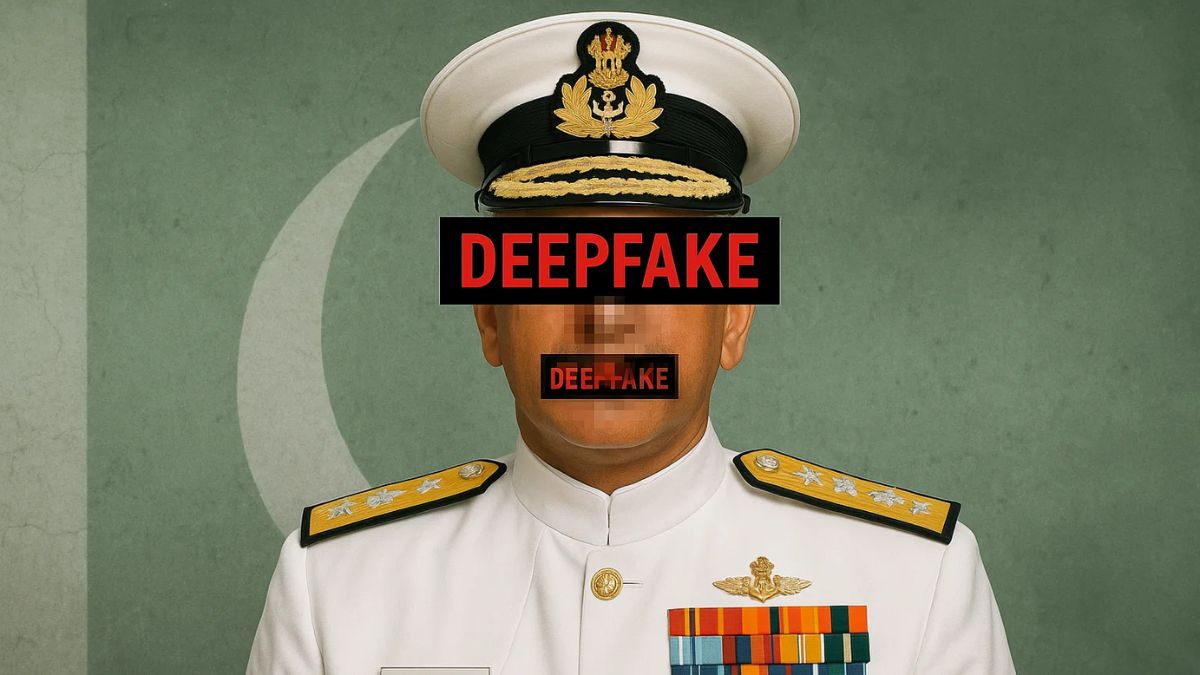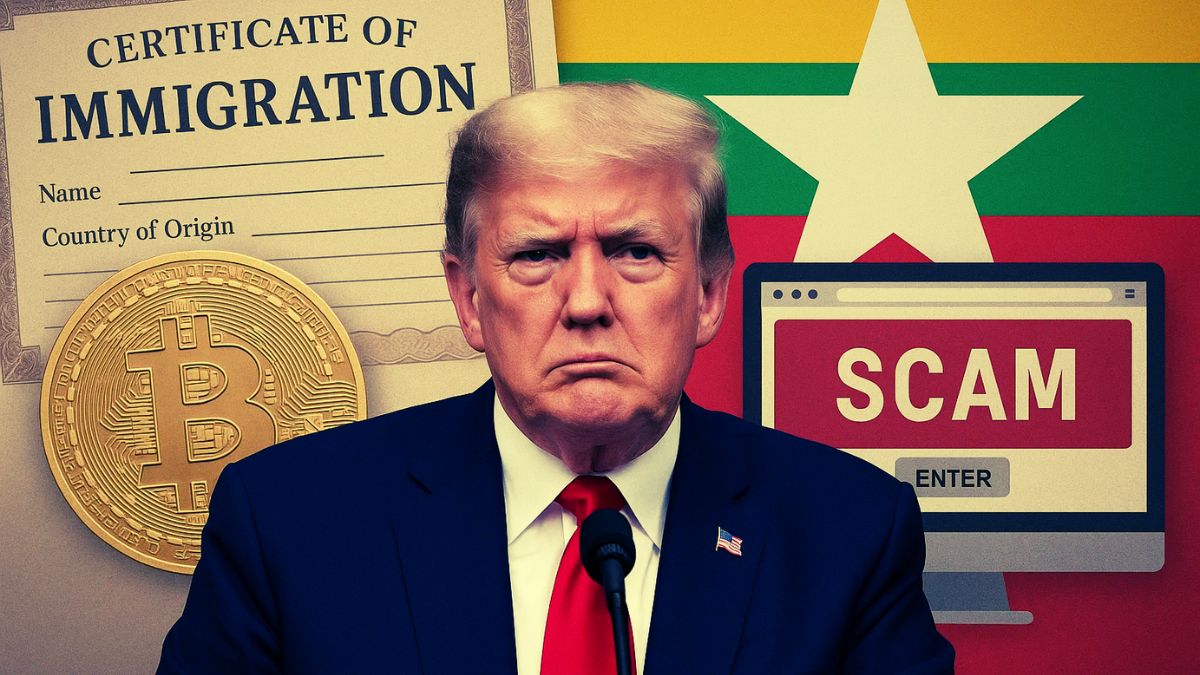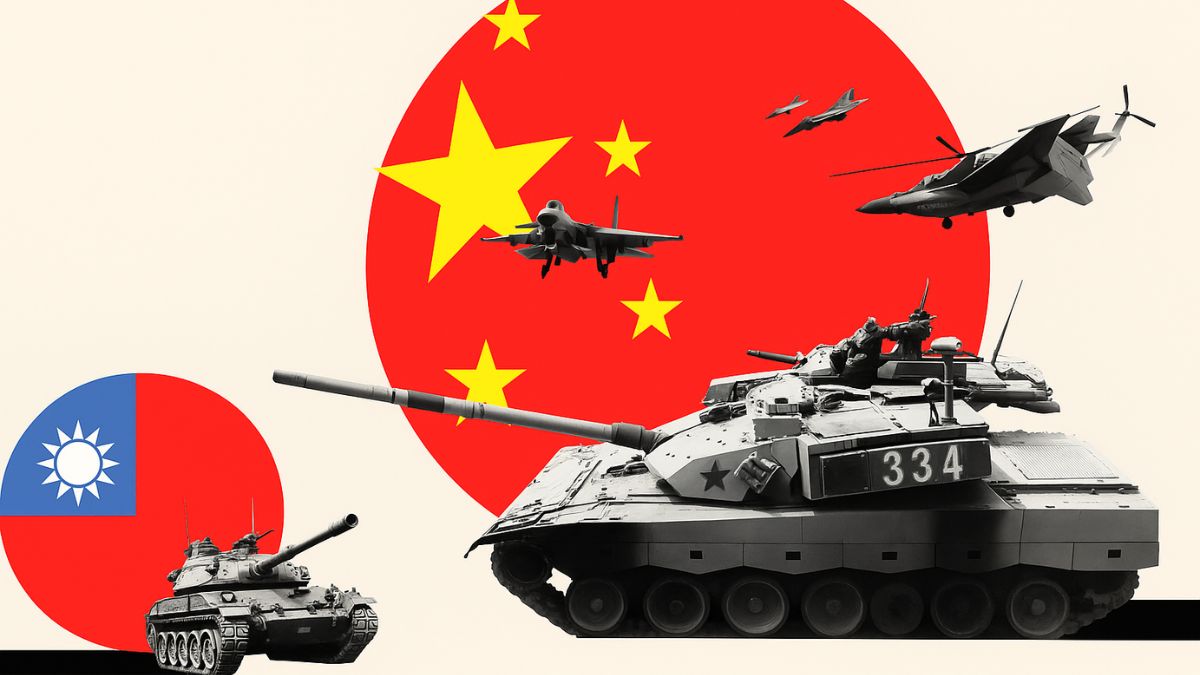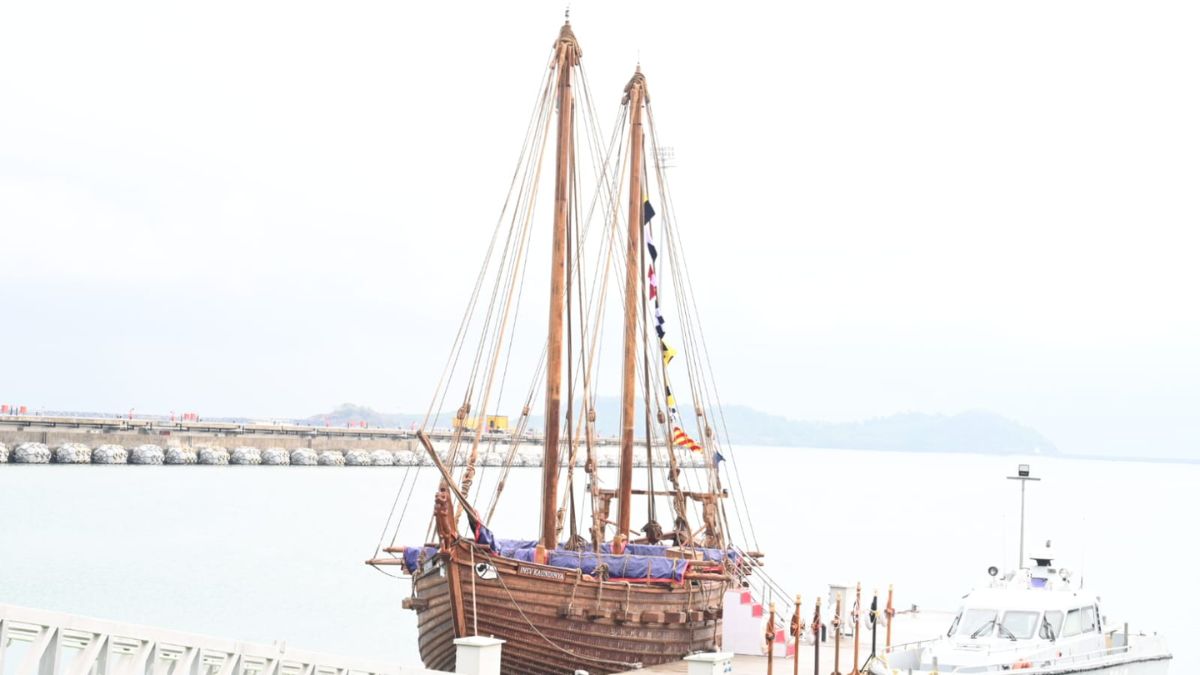India’s Indo-Pacific Outreach Deepens As New Delhi Readies For IPRD 2025
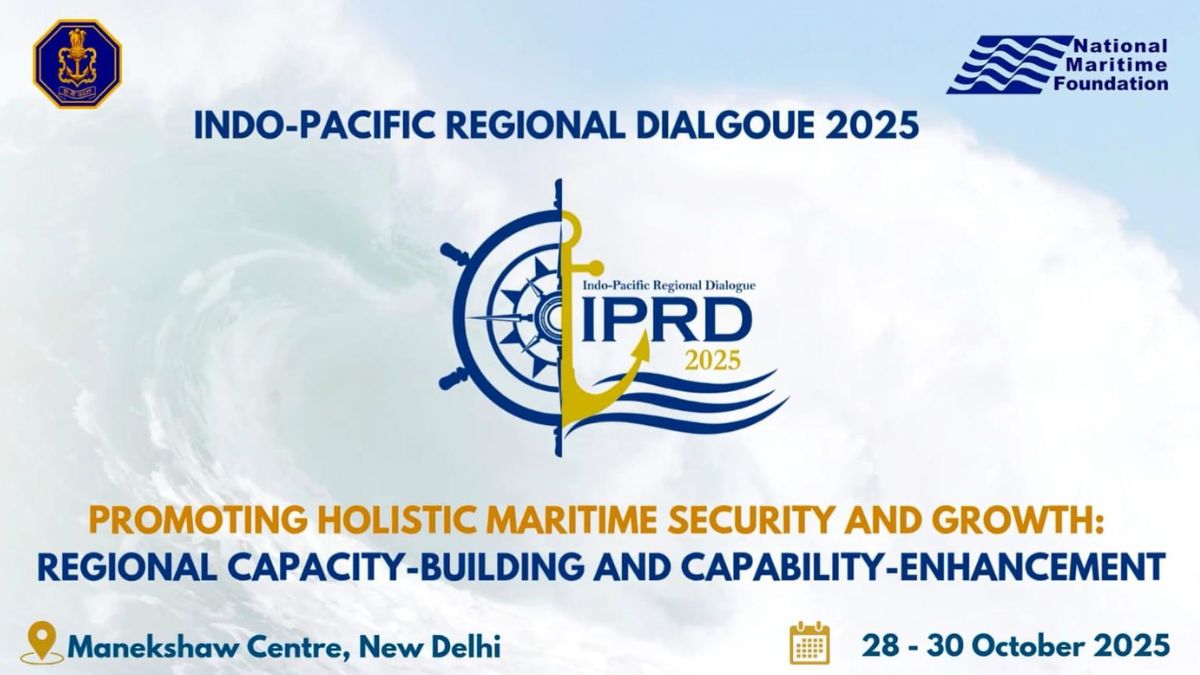
India is preparing to host the Indo-Pacific Regional Dialogue (IPRD) 2025 in New Delhi from October 28 to October 30, 2025 — a flagship event that brings together global maritime experts, naval leaders, and policymakers to shape the future of the region’s security and growth. Organised by the Indian Navy with the National Maritime Foundation as its knowledge partner, this year’s theme, “Promoting Holistic Maritime Security and Growth: Regional Capacity-Building and Capability-Enhancement,” underscores India’s ambition to link its maritime strategy with wider Indo-Pacific stability.
At a moment when supply-chain vulnerabilities, climate pressures, and military frictions are transforming the Indo-Pacific, New Delhi sees geography as opportunity. The IPRD is the Navy’s premier forum for advancing that vision through dialogue and cooperation. It builds on Prime Minister Narendra Modi’s Indo-Pacific Oceans Initiative (IPOI), launched in 2019, which seeks to align India’s maritime partnerships with an inclusive, rules-based regional order.
What does India’s maritime vision seek to achieve?
The IPOI identifies seven “lines of effort,” ranging from maritime security and marine resource management to sustainable blue economy development and disaster risk reduction. Each pillar is co-led with a partner nation — the United Kingdom with India on maritime security, France and Indonesia on marine resources, and Japan and the United States on trade and connectivity.
India’s design of the initiative is deliberately decentralised. It aims to foster collaboration across interlinked networks rather than erect new blocs or rival frameworks. In this sense, the IPOI reflects the diversity of the Indo-Pacific itself — a region that cannot be defined by power hierarchies alone. The framework’s strength lies in its modularity, allowing countries to engage selectively and constructively on issues of shared interest, from maritime safety to technological innovation.
How does IPRD 2025 build on these principles?
This year’s dialogue is expected to translate India’s conceptual pillars into actionable cooperation. The focus on “capacity-building” and “capability-enhancement” will bring together navies, coast guards, and maritime agencies to explore how resources and expertise can be pooled to manage shared challenges — from piracy and illegal fishing to cyber threats and climate-related disruptions.
At the centre of this agenda is MAHASAGAR — short for Mutual and Holistic Advancement for Security and Growth Across Regions — India’s guiding framework for maritime outreach. The concept emphasises resilience through collaboration, placing equal weight on security, sustainability, and prosperity. It aligns India’s naval diplomacy with regional platforms such as the Indian Ocean Naval Symposium (IONS) and the Western Pacific Naval Symposium (WPNS), aiming to bridge the operational divide between the Indian and Pacific Oceans.
How is India’s approach distinct from others in the region?
Unlike some Indo-Pacific strategies framed through a military lens, India’s vision seeks to shape the region as a “strategic geography” rather than a theatre of confrontation. Its definition stretches from the eastern coast of Africa to the western seaboard of the Americas — a span that captures both sea routes and continental linkages influencing maritime stability.
By hosting IPRD 2025, India is positioning itself as a convening power — one that emphasises inclusion over alignment, and cooperation over competition. As tensions rise across the world’s busiest waters, New Delhi’s approach offers a counterpoint to zero-sum geopolitics: a maritime order sustained not by containment, but by connection.

